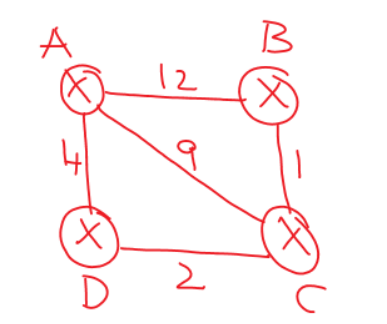Introduction
Algorithm Unlocked: Demystifying the World of Problem Solving
In the ever-evolving realm of computer science, algorithms are the beating heart of problem-solving. From finding the shortest route on a map to powering complex machine learning models, algorithms shape the foundation of our digital age. Welcome to Algorithm Unlocked, where we explore the fascinating world of designing, analyzing, and optimizing algorithms.
What Are Algorithms?
At its core, an algorithm is a finite sequence of well-defined instructions to solve a problem. Think of it as a recipe in cooking: a step-by-step guide that transforms raw ingredients into a delicious meal. In computing, these steps are often expressed in mathematical terms or programming languages, enabling machines to execute them efficiently.
Why Study Algorithm Design and Analysis?
Understanding algorithms is critical for anyone venturing into software development, data science, or computational research. Here are three key reasons:
Efficiency Matters: An efficient algorithm can drastically reduce computation time and resource usage, making software faster and more scalable.
Problem-Solving Skills: Learning how to design algorithms hones critical thinking and logical reasoning.
Real-World Applications: From healthcare to finance, algorithms drive innovation across industries.
Key Concepts in Algorithm Design
Divide and Conquer: Break a problem into smaller subproblems, solve them independently, and combine the results. Examples include merge sort and quicksort.
Greedy Algorithms: Make the locally optimal choice at each step, hoping to find the global optimum. For example, Dijkstra's algorithm for shortest paths.
Dynamic Programming (DP): Solve problems by combining solutions to overlapping subproblems. Famous examples include the Fibonacci sequence and the knapsack problem.
Backtracking: Systematically explore all possible solutions and backtrack upon hitting a dead end. This is common in solving puzzles like Sudoku or generating permutations.
Analyzing Algorithms: Big-O Notation
Efficiency is a cornerstone of algorithm analysis, often measured using Big-O notation. This metric describes the worst-case complexity of an algorithm in terms of input size (n). For example:
O(1): Constant time, independent of input size.
O(n): Linear time, scales proportionally with input size.
O(n²): Quadratic time, performance slows significantly as input grows.
Understanding Big-O helps developers choose the right algorithm for a given problem.
Real-World Applications of Algorithms
Search Engines: Google’s PageRank algorithm revolutionized the way we access information.
E-Commerce: Recommendation systems use algorithms to suggest products.
Healthcare: Algorithms assist in diagnosing diseases and analyzing medical images.
Cryptography: Algorithms secure our online transactions and communications.
Tools and Resources for Learning Algorithms
Books: "Introduction to Algorithms" by Cormen et al. and "Algorithms" by Robert Sedgewick are excellent starting points.
Platforms: Leet Code, Hacker Rank, and Code forces offer hands-on practice.
Visualization Tools: Sites like Visu Algo help in understanding algorithms visually.
Conclusion
Algorithms are the unsung heroes of modern technology, quietly powering our digital world. By unlocking the secrets of algorithms, you not only enhance your problem-solving abilities but also gain a deeper appreciation of how technology shapes our lives. Whether you're a student, a developer, or a tech enthusiast, there's always more to explore in this exciting field.
Stay tuned for more insights and deep dives into the world of algorithms. Let’s unlock the potential of problem-solving together!


Comments
Post a Comment